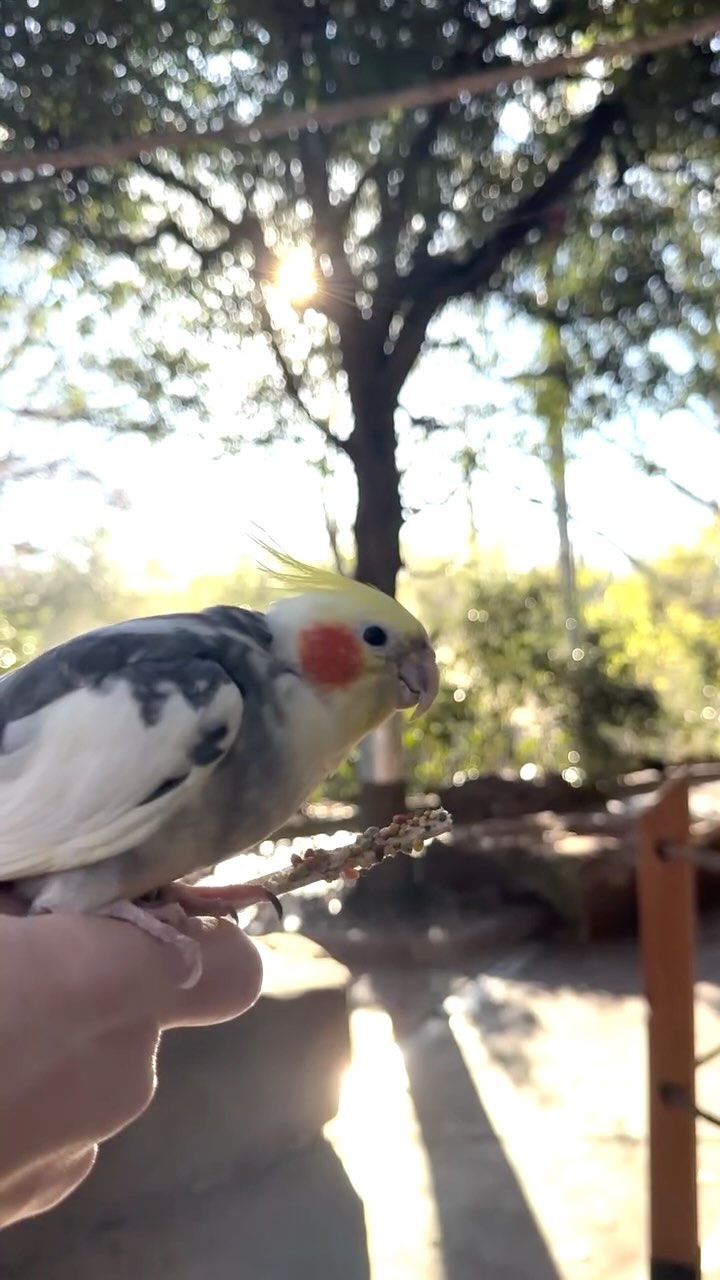- The influence of bird sounds on mental and physical well-being.
- The biodiversity showcased in Birds Landing exhibits and their importance in conservation.
- Zoo management practices and wildlife conservation efforts employed in Birds Landing.
- The role of Birds Landing in public education and raising environmental awareness.
- Future trends and innovations in the management of bird exhibits in Zoological parks.
The influence of bird sounds on mental and physical well-being is profound and far-reaching. Humans have long found solace in the gentle melodies of avian creatures. Scientific studies highlight that exposure to natural sounds, especially birdsongs, can reduce stress and anxiety levels. This auditory experience promotes relaxation, simulating tranquil environments, which can enhance overall mental health. Additionally, the rhythmic patterns of bird calls have been noted to improve focus and cognitive functions in listeners. Integrating these natural acoustics into daily life—especially in urban settings—can significantly improve mood and productivity. As modern society increasingly seeks ways to improve mental well-being organically, turning to the avian world offers a natural solution. This reflects a growing appreciation for the ecological services these feathered beings provide beyond their intrinsic beauty.
Birds Landing is a vital showcase of biodiversity. Within the confines of a zoo, it presents an impressive array of bird species, each representing unique habitats and ecological roles. This diversity not only captivates visitors but also plays a crucial role in educational and conservation efforts. Zoos have become sanctuaries for protecting avian species from threats such as habitat loss and climate change. Birds Landing provides a safe haven where endangered or threatened species can thrive and reproduce in controlled environments. By maintaining genetic diversity, zoos contribute significantly to conservation strategies, offering a backup population for species that are dwindling in the wild. Furthermore, Birds Landing acts as a genetic reservoir, collaborating with global conservation programs. This effort is crucial for reintroduction initiatives and establishing self-sustaining populations in their native habitats. The strategic alliances formed through these programs amplify the impact of zoos in global biodiversity conservation.
Zoo management practices play an essential role in the success of Birds Landing. Effective zoo management blends scientific knowledge with practical implementation, ensuring that both animal welfare and visitor engagement are prioritized. Comprehensive husbandry protocols, including dietary management, habitat enrichment, and veterinary care, are established to promote the health and well-being of birds. Continuous research and observation allow zoo staff to refine these practices. Advanced technologies are employed to monitor bird health and facilitate data collection, enabling tailored interventions that accommodate each species’ specific needs. Additionally, zoos are increasingly adopting environmentally sustainable practices, minimizing their ecological footprint. This includes the use of renewable energy resources, waste reduction initiatives, and habitat preservation efforts. By integrating these practices, Birds Landing exemplifies a commitment to conservation, not only for its avian residents but also for the broader ecosystem.
Public education and raising environmental awareness are core objectives of Birds Landing. Zoos are uniquely positioned to inspire a deeper appreciation for wildlife conservation among the general public. Educational programs are crafted to engage visitors of all ages, fostering an understanding of avian ecology and the challenges faced by these creatures in the wild. Interactive exhibits and guided tours offer immersive experiences, highlighting the importance of conserving bird habitats and species. These initiatives aim to inspire action, encouraging individuals to participate in conservation efforts in their communities. By making connections between visitors and the natural world, Birds Landing plays a critical role in cultivating a conservation ethic. Collaboration with schools, conservation organizations, and media platforms extends the reach of these educational messages, amplifying their impact.
Looking ahead, future trends and innovations in the management of bird exhibits in zoological parks show promise for enhancing both the protection and display of avian species. Technological advancements such as virtual reality and augmented reality are being integrated to enrich visitor experience, offering interactive and immersive exploration of bird habitats. These tools provide a digital platform for learning, transcending geographical limitations. Furthermore, advances in genetic research promise new methodologies for breeding programs, ensuring greater genetic diversity among captive populations. Zoos are also adopting adaptive management strategies to respond to the shifting needs of wildlife conservation effectively. By continuing to evolve and embrace innovative solutions, Birds Landing will remain at the forefront of avian conservation and public education initiatives.
Birds Landing serves as a vital nexus of conservation, education, and enjoyment, capturing the harmonious relationship between humans and nature. Through its commitment to showcasing avian biodiversity and enhancing the visitor experience, it stands as a testament to the potential of modern zoological parks. As a hub of innovative management and conservation efforts, it provides a model for integrating wildlife protection with public engagement. As we advance into 2025, initiatives like Birds Landing lead the charge in promoting sustainable practices and raising awareness about the critical state of global biodiversity.
*****
Source Description
Start your 2025 with the sounds of our Birds Landing.

